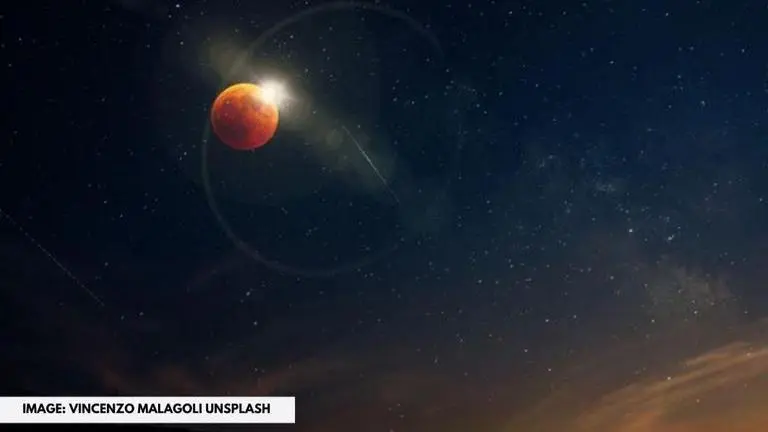Updated 7 June 2021 at 14:18 IST
NASA's Juno spacecraft to make closest visit to Jupiter's biggest moon Ganymede on June 7
NASA's Juno to fly the closest to Jupiter's biggest moon Ganymede on June 7th, 2021. NASA's Galileo spacecraft first flew past Jupiter's biggest moon in 2000.
- Science News
- 3 min read

Since NASA's Galileo spacecraft flew past Jupiter's biggest moon in 2000, no probe has been able to get a decent look at the unusual world, which is the biggest moon in the whole solar system. However, on Monday (June 7), at 1:35 p.m. EDT (1735 GMT), NASA's Juno probe will fly barely 645 miles (1,038 kilometers) over Ganymede's surface, collecting data. Here is more information about it.
NASA's Juno probe to fly close to Ganymede
It has been reported on Jet Propulsion Laboratory, NASA, Gov, that since NASA's Galileo spacecraft made its last near approach to the solar system's largest natural satellite on May 20, 2000, the flyby will be the closest a spacecraft has gotten near the solar system's greatest natural satellite. The solar-powered spacecraft's flyby will provide insights about the moon's composition, ionosphere, magnetosphere, and ice shell, in addition to stunning photographs. Future missions to the Jovian system will benefit from Juno's studies of the radiation environment around the moon.
Ganymede is the only moon in the solar system with its own magnetosphere, a bubble-shaped area of charged particles around the celestial body that is larger than Mercury. “Juno carries a suite of sensitive instruments capable of seeing Ganymede in ways never before possible”, Scott Bolton of the Southwest Research Institute in San Antonio, the Juno project's principal investigator, stated.
About three hours before the spacecraft's closest approach, Juno's science equipment will begin gathering data. Juno's Microwave Radiometer (MWR) will gaze through Ganymede's water-ice crust, gathering data on its composition and temperature, alongside the Ultraviolet Spectrograph (UVS) and Jovian Infrared Auroral Mapper (JIRAM) sensors.
Advertisement
The findings will be used to supplement those from ESA's upcoming JUICE mission, which will study ice using radar at various wavelengths when it launches in 2032 to become the first spacecraft to circle a moon other than Earth's Moon.
Juno's X-band and Ka-band radio frequencies will be utilised in a radio occultation experiment to study the moon's fragile ionosphere (the outer layer of an atmosphere where gases are excited by solar radiation to form ions, which have an electrical charge).
Advertisement
Juno's Stellar Reference Unit (SRU) navigation camera is normally responsible for keeping the Jupiter spacecraft on track, but it will perform double duty during the flyby. Along with its navigational functions, the camera will collect information on the high-energy radiation environment in the region surrounding Ganymede by capturing a particular collection of photos. The camera is adequately insulated against radiation that may otherwise harm it.
IMAGE: VINCENZO MALAGOLI UNSPLASH
Published By : Anushka Pathania
Published On: 7 June 2021 at 14:17 IST
